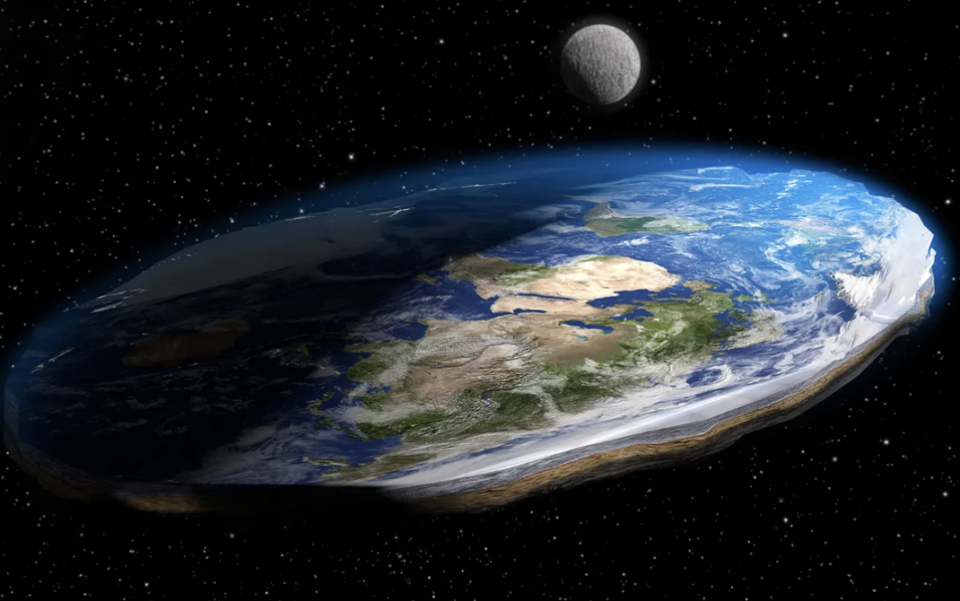For centuries, the spherical shape of the Earth has been an established and indisputable fact. This fundamental understanding was solidified when the Soviet Union launched Sputnik 1 in 1957, proving the Earth’s roundness as the satellite orbited the globe. Despite this, a vocal minority known as flat-earthers has emerged in recent years, promoting the notion that the Earth is not a sphere. They challenge this well-established reality, attempting to formulate alternate explanations for observable planetary behavior, although a spherical Earth consistently aligns with centuries of human observations.
The concept of a flat Earth contradicts fundamental principles that govern planetary bodies. David Stevenson, a planetary scientist at Caltech, explains that shaping a cosmic body into a disk would necessitate an incredibly fast spin, an action that would ultimately obliterate the planet into minuscule particles. Astronomer James Clerk Maxwell’s 1850s mathematical work regarding Saturn’s rings highlighted the instability of a solid, disk-like shape in the cosmos, substantiating that such formations would break into disconnected particles.
Moreover, maintaining a flattened Earth without rapid spinning would defy the laws of physics. The force of gravity, pulling equally from all sides, contributes to the spherical shape of planets. Attempting to flatten Earth without such rapid rotation would prove futile as gravity would promptly reshape it back into a spheroid. Gravity, a fundamental force shaping planetary characteristics, holds the atmosphere, tides, moon, and even the planet’s layered structure in place.
The absence of gravity on a flat Earth would disrupt numerous natural phenomena essential for Earth’s functioning. It would eliminate the atmosphere, disrupt the moon’s existence, dismantle Earth’s magnetic field crucial for protecting the atmosphere, and render plate tectonics ineffective, as noted by geophysicist James Davis. Flat-Earth theories lack a basis in mathematical or physical reality, unlike the evidence-supported scientific theories that rely on fundamental forces like gravity.
Furthermore, the flat-Earth worldview necessitates piecemeal explanations for various natural occurrences, contradicting each other and lacking mathematical or empirical foundation. Scientifically, a unified theory explaining numerous observations holds more merit than independent, conflicting theories attempting to explain the same phenomena. The global consensus among scientists over centuries regarding the Earth’s roundness stands against the fringe belief of a flat Earth, posing a stark contrast between established scientific understanding and unsubstantiated claims.

